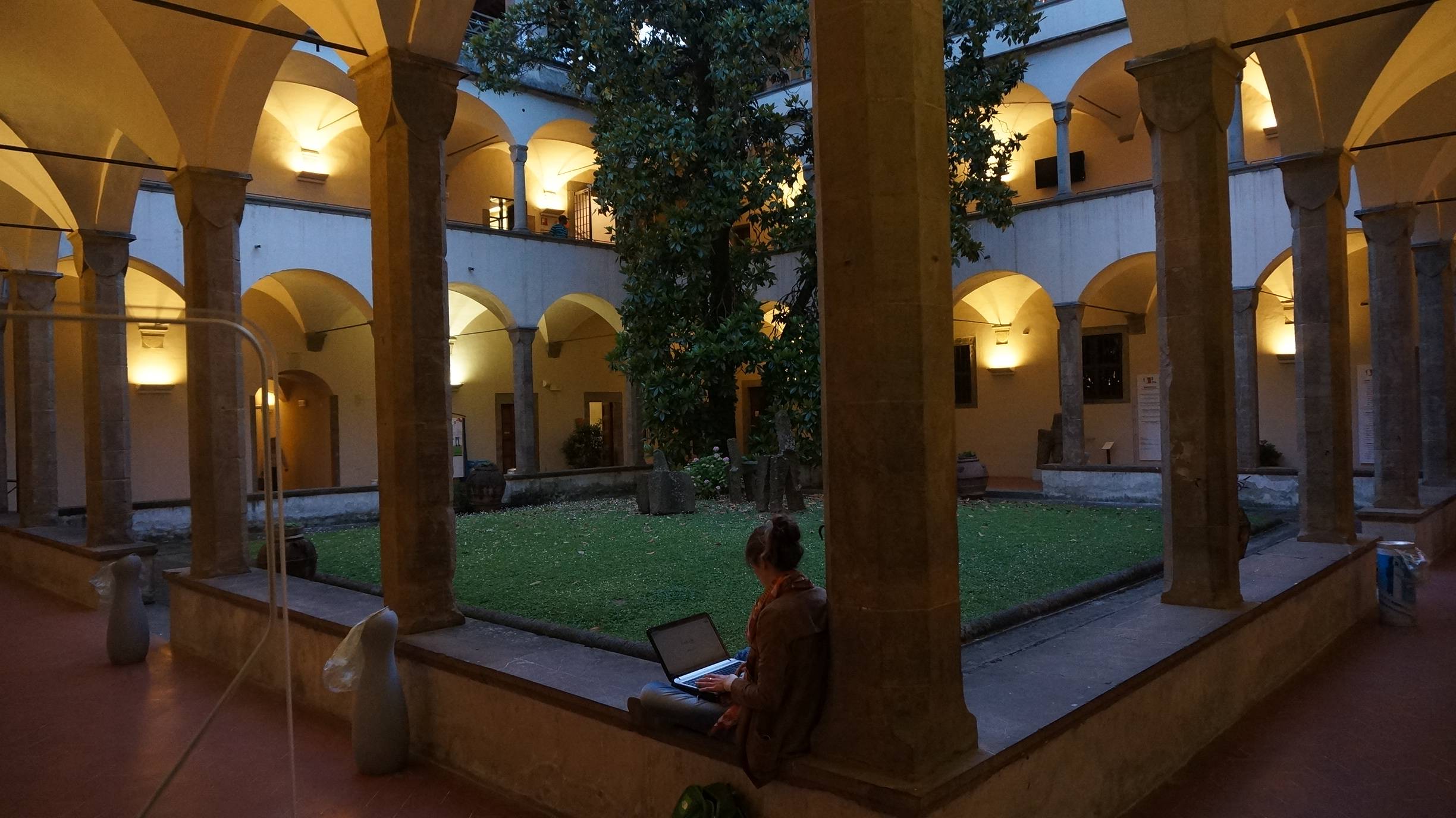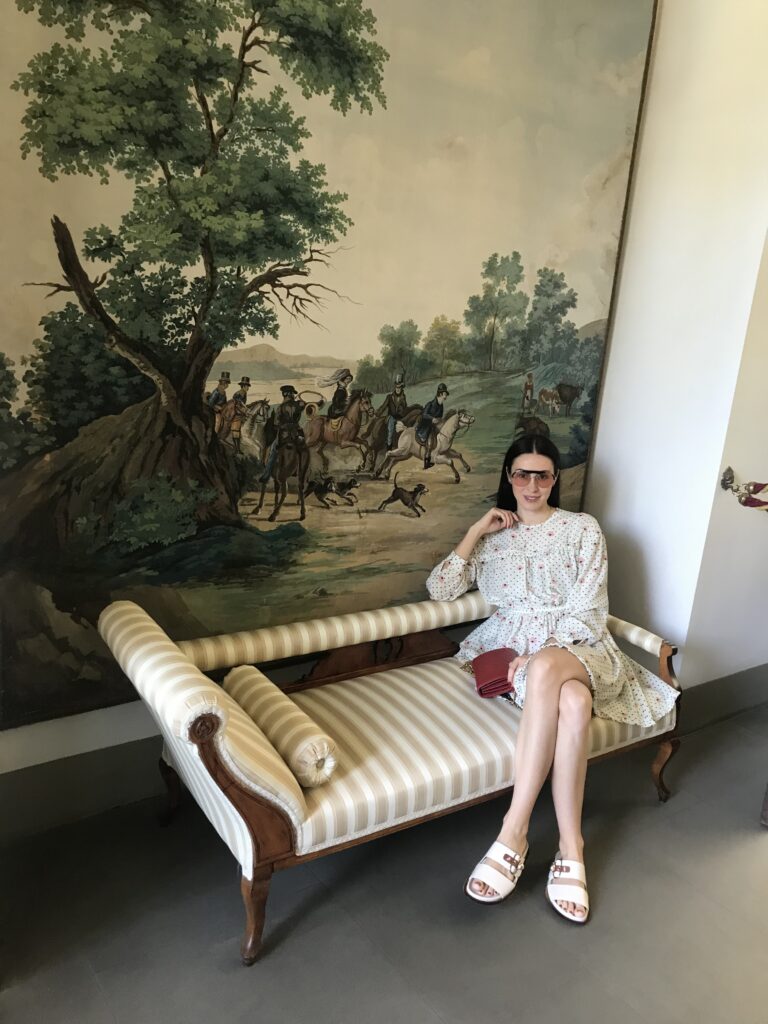Opened in May 2007, the Oblate Library is a small treasure in the heart of Florence. Located in the former convent of the Oblate between Via dell’Oriuolo and Via Sant’Egidio, it is a cultural and multimedia center that fuses the antique and modern soul of the city. The Municipality of Florence took inspiration from the famous Georges Pompidou Center in Paris, both for the contemporary furnishing and modern services for visitors that the library offers. The Convent of the Oblate, where the library is located, was built upon the commission of Folco Portinari, an illustrious figure in medieval Florence. Father of the famous Beatrice loved by Dante Alighieri, Folco built the Santa Maria Nuova Hospital in 1288, and thus the oldest hospital in Florence, as an expiation for his sins. A few years later, the convent of the Oblate was built in order to assist sick women.
Legend has it that it was Donna Tessa, the maidservant of Folco, that suggested he build the convent where she retired in her old age. The Oblate was in fact a secular order of devoted women that lived a cloistered life voluntarily taking care of the ill. The Oblate word comes from Latin and means “one that offers oneself to the other”. They were in charge of taking care of sick women, cooking for them, and washing their sheets. The order lived there until 1936.
Since it was a cloistered convent, the building wasn’t transformed and modernized over the centuries. It was built at the end of the 14th century, at about the same time as the hospital, and it was enlarged several times. The main cloister still preserves its genuine look with original flowered capitals that were typical of Florentine Gothic architecture. Where today is the library’s section of Conservation and Local History, which was in the past the women’s wards and kitchens. The other parts of the convent were built over the centuries in order to meet the growing demands of the hospital. The complex of the Oblate is an important artistic and architectural time capsule for Florence because it has maintained its original look. The antique cloister with its Gothic capitals, the wash terraces on the second floor, and the other cloisters are original.
The Oblate Library extends along the section of the main cloister and has three different levels connected with stairs and elevators. The main entrance is on Via dell’Oriuolo overlooking a small cloister, today perfectly restored.
The whole complex measures about 10.000 square meters and the Section of Conservation and Local History is on the ground floor. It displays many antique documents that show the ancient history of Florence and Tuscany.
On the first floor, you’ll find 3 large reading rooms with modern workspaces equipped with computers, TVs with satellite connections and DVD players, and open bookshelves for visitors’ free use. The Museum of Prehistory is also on the first floor, displaying the precious collection donated by Paolo Graziosi, Florentine anthropologist, and paleontologist, but this museum holds separate hours from the library.
On the second floor is a beautiful large washing terrace, the children’s section, a newspaper library and café. The open-space dedicated to children and young readers has plenty of space and organizes workshops all year round for children.
The Oblate library is completely accessible for visitors with special needs.
Elvira tip: the café on the second floor has a spectacular view over the Duomo and Brunelleschi’s Cupola.


